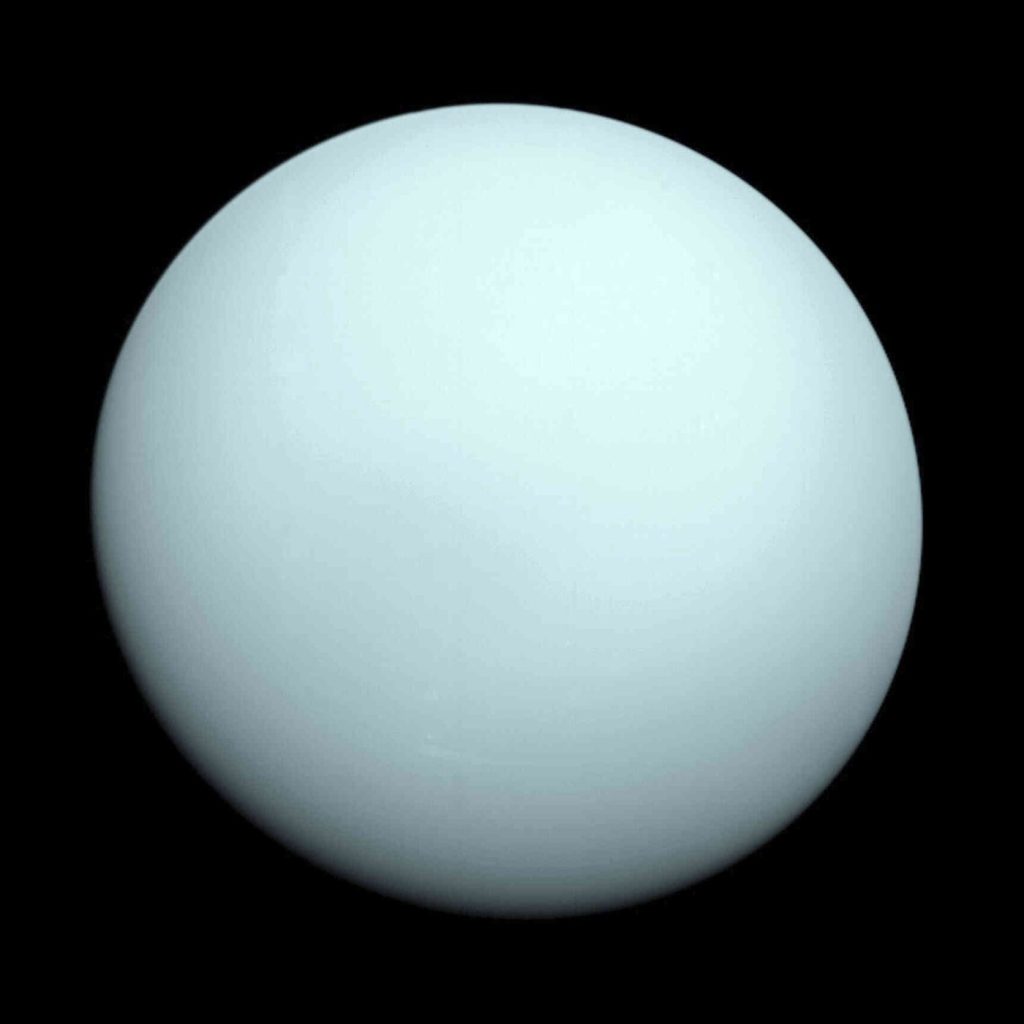NEW YORK (AP) The James Webb Space Telescope has made a remarkable discovery by locating a new tiny moon orbiting the planet Uranus. This exciting finding, announced by NASA on Tuesday, has captured the attention of the scientific community and space enthusiasts alike.
The newly identified moon is approximately six miles (10 kilometers) in diameter. It was detected by the telescope's advanced near-infrared camera during observations that took place in February. The sheer faintness and small size of this moon contributed to its long obscurity. Interestingly, it managed to evade detection even during the flyby of the Voyager 2 spacecraft nearly 40 years ago, underscoring the challenges in discovering such small celestial bodies.
Uranus, which is the seventh planet from the Sun, is known for its unique characteristics and its collection of natural satellites. With the addition of this new moon, the planet's total count has now increased to 29. Among these moons, nearly half are smaller and occupy orbits that are in closer proximity to Uranus. The naming convention for these moons is derived from characters created by the famous playwright William Shakespeare and the poet Alexander Pope, reflecting a blend of literature and astronomy.
The continuous discovery of new moons around Uranus highlights the importance of advanced space telescopes like the James Webb. This telescope, with its unprecedented capability to capture images in near-infrared light, plays a crucial role in expanding our knowledge of distant celestial bodies and their intricate dynamics. The empirical data obtained from these observations not only aids in understanding Uranus and its moons but also enhances our broader comprehension of planetary systems in our universe.
The announcement serves as a reminder of the vastness of our solar system and the countless mysteries that still remain to be unraveled. As scientists further analyze the characteristics of this newly discovered moon, they hope to gain insights into its composition, orbital dynamics, and the processes that govern the moon’s formation.
In conclusion, the discovery of this tiny moon by the Webb Space Telescope marks a significant milestone in planetary science and contributes to our ever-growing understanding of Uranus and its unique position in the solar system. As we continue to send advanced instruments into space, the excitement of uncovering more celestial wonders remains a driving force in the field of astronomy.










